'Canal killings' Part 3: DNA breakthrough helps Phoenix police catch a killer in decades-old case
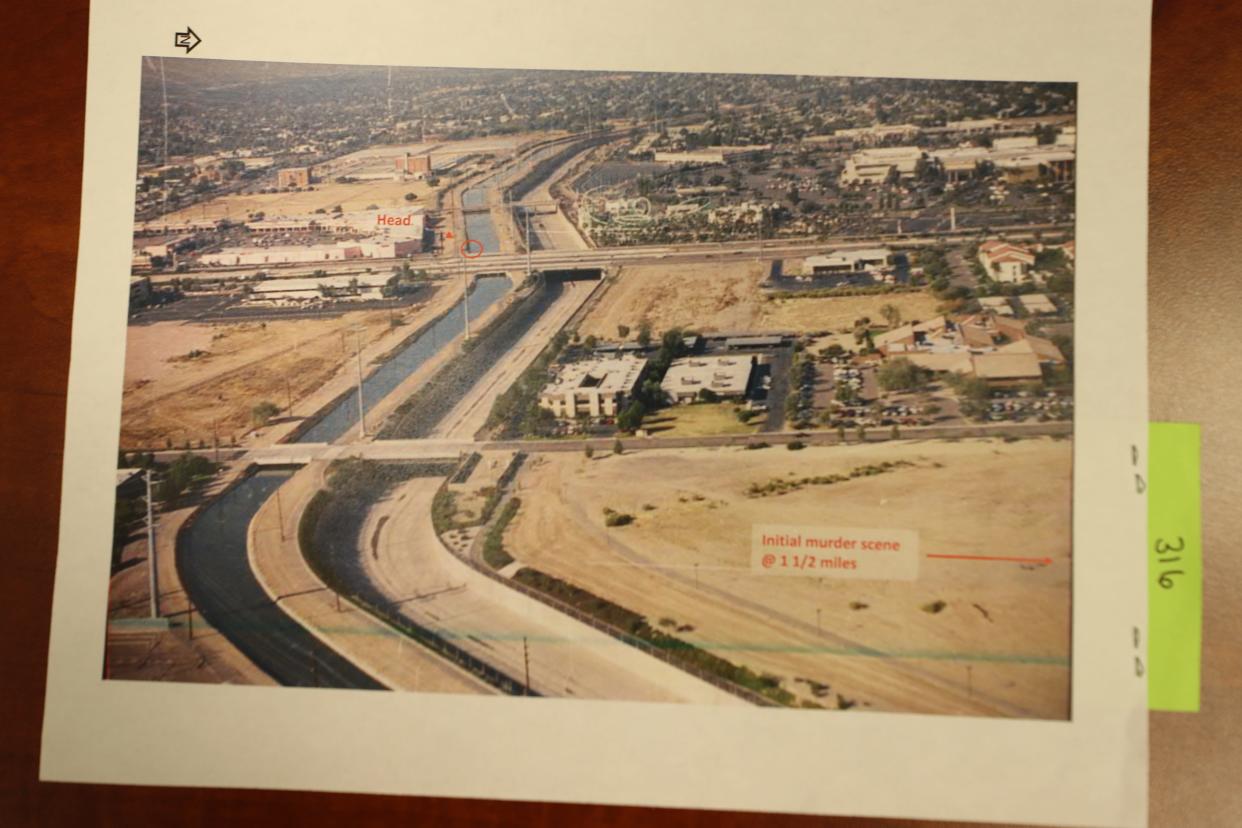
'Canal killings' series:
Part 1 | Part 2 | Part 3 | Part 4 | Part 5 (coming soon)
Part 2: After two decades, Bryan Patrick Miller emerges as top suspect
From the outset, a lot of people wondered if the same man had killed Angela Brosso and Melanie Bernas.
The brutal murders of the two young women, Angela in November 1992 and Melanie in September 1993, had left Phoenix shaken.
The similarities were obvious: young, athletic women out cycling along the canal, attacked in the same geographic area, killed by a near-identical stab wound, sexually assaulted and mutilated, albeit in different ways. Their bicycles and Walkmans vanished in thin air.
But police wouldn't say it publicly, not until they knew for sure. That day came in March 1994, a chilling conclusion that landed on the front page of The Arizona Republic.
"The slayings of bicyclists Angela Brosso and Melanie Bernas were so savage that police knew that publicly linking them could terrify the Valley," reporter William Hermann wrote.
"The Valley can now be terrified."
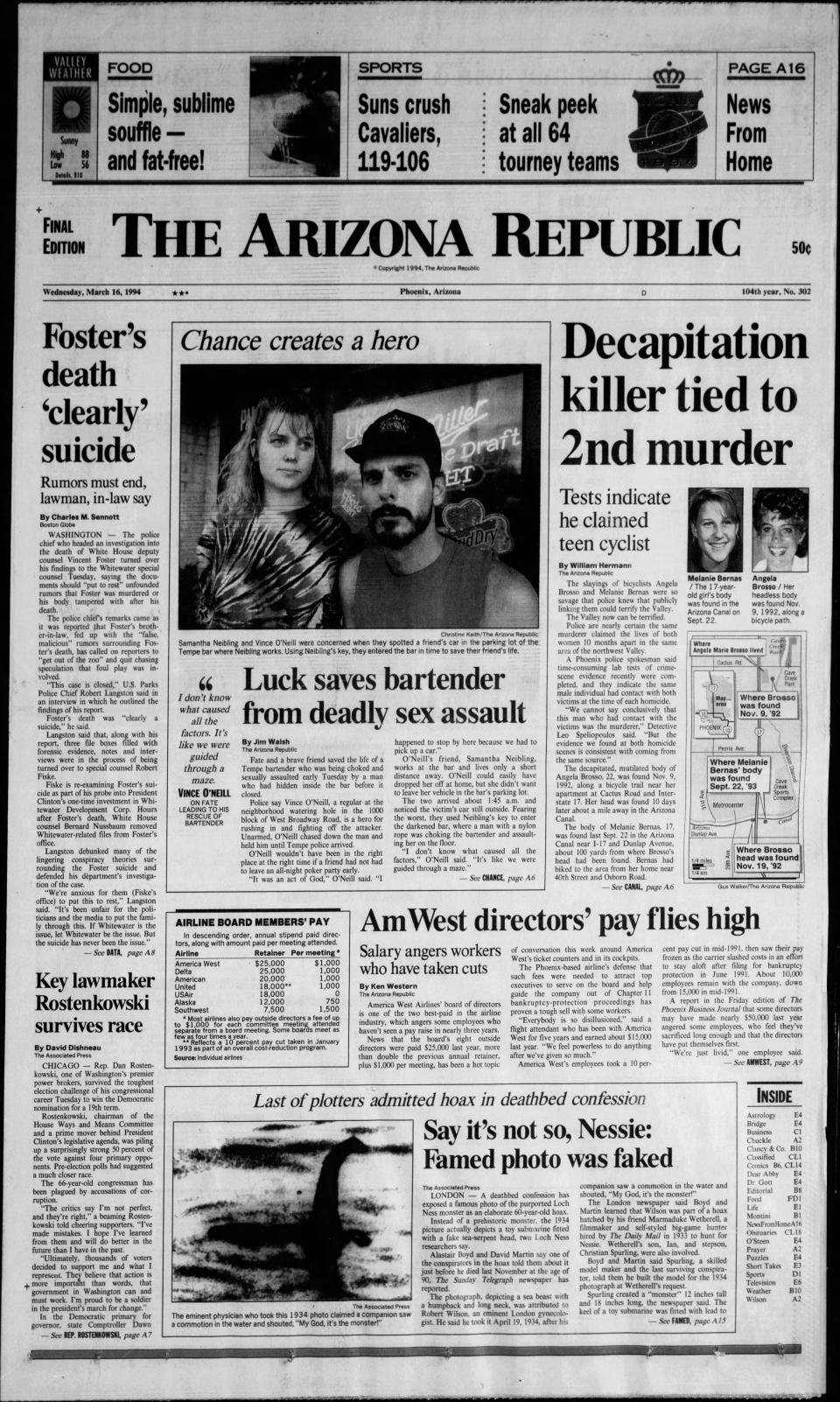
Their killer had ejaculated as he sexually assaulted Angela and Melanie's bodies, and left behind sperm. DNA profiling was in its infancy, and the testing had taken a while. But eventually, it had confirmed what so many had suspected.
Police warned women not to walk, jog or cycle alone. They feared the killer would strike again, and the forensic revelation had left them no closer to catching him.
They had received an avalanche of tips, compiled hundreds of persons of interest, a group that would later become known as the Creepy Canal List.
Police had a psychological profile prepared by the FBI, which suggested they hunt for a disheveled loner, an eccentric guy with serious mental health problems such as a severe personality disorder or psychosis.
Testimony for defense: Defendant in 'canal killings' assaulted a girl in anger toward his mother, retired pastor says
But they had no real suspects and what had happened slowly faded into the past. The panic ebbed. The tips dried up. People once again jogged alone on the canal.
As the years passed, and DNA science evolved, crime lab analysts returned to the sperm samples, creating a profile that was uploaded to the national DNA database CODIS.
Detectives hoped for a hit, but their man wasn't in the system. The profile languished anonymously, waiting for a match.
The canal killings case went cold.
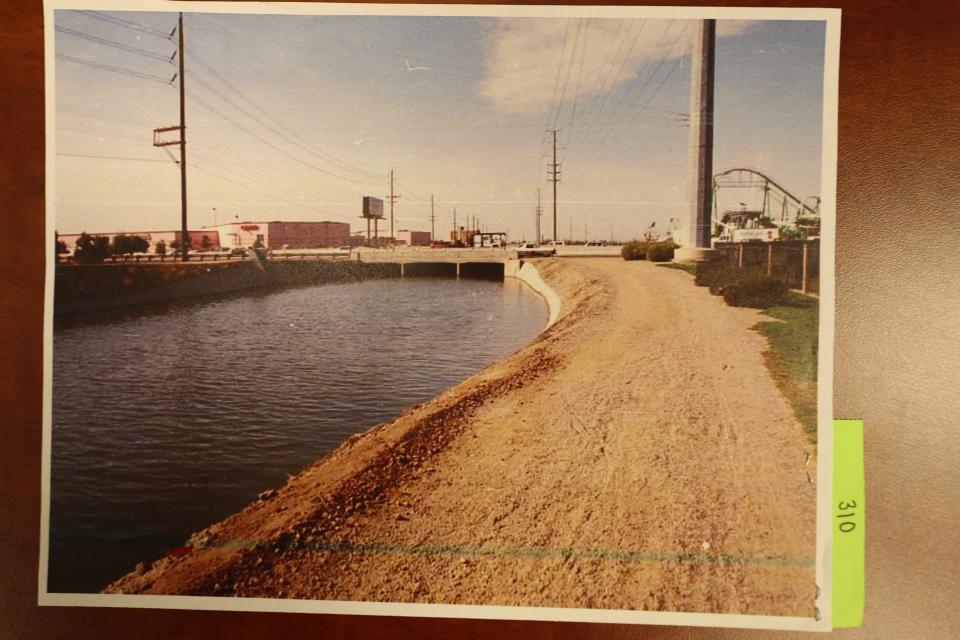
A breakthrough
Troy Hillman never expected to work homicides.
He started out as an accountant, but on the precipice of a promising business career, realized a life of crunching numbers was not for him. He joined the Phoenix Police Department, thinking he might end up in fraud.
But in 2008, after rising through the ranks, he was put in charge of the cold case unit.
He brought to the position an actuarial approach. When he took over, Hillman said, he asked how many cold cases the department was sitting on.
"‘Troy, I think it's 2,500,'" Hillman was told.
We think? How do we not know?
It was a mess, but his job to sort out. He pulled together a team of detectives and got to it.
He had heard of the canal murders, knew they were among his myriad cases. But it wasn't until a public records request forced Hillman to the file that he was struck by just how brutal the killings had been.
"It was like I was kicked in the stomach," he said.
They started with the Creepy Canal List, more than 800 potential suspects who ranged from known dangerous men to more doubtful prospects.
Hillman worked from the Z's and Clark Schwartzkopf from the A's.
It would take them a while to get to M.
First, they had to decide who was worth following up. Second, they had to confirm if he was alive, and if he was, where he lived now. And third, they had to obtain his DNA, either voluntarily or covertly.
For each Creepy Canal Guy worth investigating, they would take these steps, and send the sample to the Phoenix Police Department crime lab to test against the canal killer's DNA profile. Over and over, the same answer came back:
Sorry, not him.
They had been eliminating suspects in this way for about three years when, in the fall of 2014, a woman named Colleen Fitzpatrick got in touch.
She was a forensic genetic genealogist from California, and had developed a technique she believed could help solve cold cases. She was visiting Phoenix for a conference soon. Was the team interested in a chat?
Her technique blended forensic science with genealogy by running a type of DNA profile extracted from the male Y chromosome, known as Y-STR, against public genealogy databases.
At first, Y-STR was used as a genealogical tool, particularly helpful for male adoptees wanting to know their biological family name. If, for instance, a man ran his Y-STR through a public database and got several matches to men with the name Smith, that was likely the surname of his father.
In other words, Fitzpatrick said: "The name follows the Y."
In about 2011, she realized the technique could be applied to criminal investigations. You could run a Y-STR profile from an unknown suspect through the same database, and while it wouldn't produce an exact hit in the same way a CODIS match would, it could point detectives toward a particular surname.
Hillman asked Kelley Merwin, then DNA supervisor at the crime lab, to meet with Fitzpatrick and determine if her technique had merit.
Merwin listened to her, asked some questions. Troy, Merwin finally said, what do you have to lose?
Before the end of the year, Merwin emailed Fitzpatrick the Y-STR profile from the canal murders. Over the Christmas break, Fitzpatrick called Hillman. She had run her analysis and come up with a name.
Miller.
It was an exciting development, if not the standout lead Hillman was hoping for. As of the 2010 census, Miller was the seventh most common last name in the U.S.
But Hillman had another piece of information to work with. He had consulted with the Vidocq Society, a Pennsylvania-based crime-solving club, where a criminal profiler had advised him there was a 95% chance Angela and Melanie's killer was already in his files.
So Hillman apologized to the extended family visiting for the holidays and went into the office. There were five Millers on the Creepy Canal List.
He went through the first one, but nothing caught his eye.
The second didn't pique his interest either.
Then he opened the file for Bryan Patrick Miller.
"The hair on the back of my neck stood up," Hillman said.
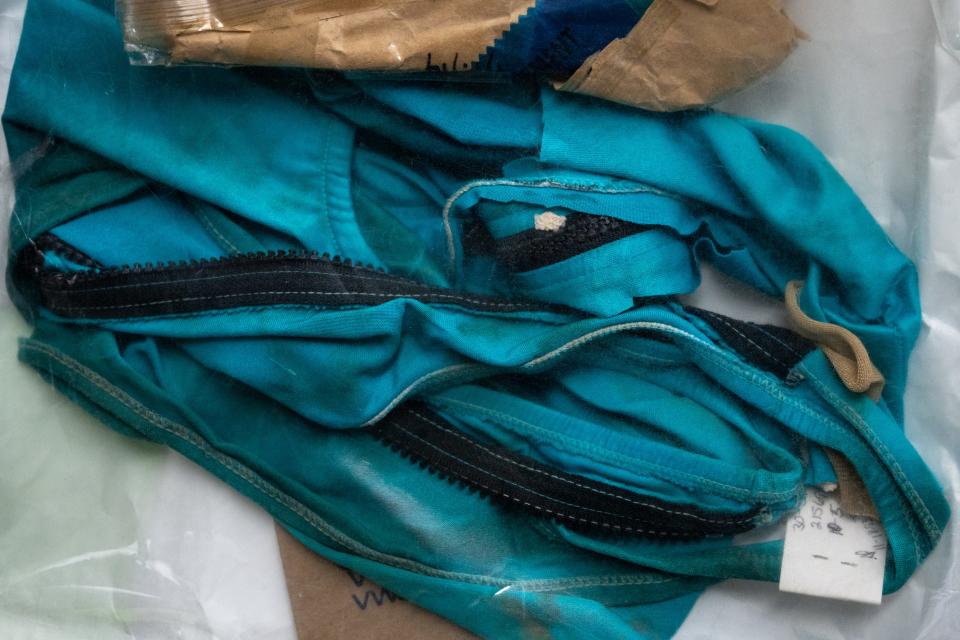
In the file, he saw a report of a stabbing at Paradise Valley Mall in 1989. A disturbing handwritten document titled "Plan (videotaped)." A tip about a turquoise bodysuit that someone had called into police in 1994.
It set off every sense he had, and then some. But still, Hillman didn't let himself get too excited.
Remembered later: Friend of suspect in 'canal killings' said he recognized turquoise bodysuit found on murdered teen
Angela and Melanie were both tall, athletic women, not easily overpowered. Their murders had been so brutal that police expected the killer to be ex-military, perhaps even special forces.
At the time of the murders, Miller was 20, a "skinny little dude," as Hillman put it, who worked at St. Vincent de Paul.
But it was enough to start surveillance. When that failed, they set up the sting at a Chili's restaurant close to where Angela and Melanie were killed.
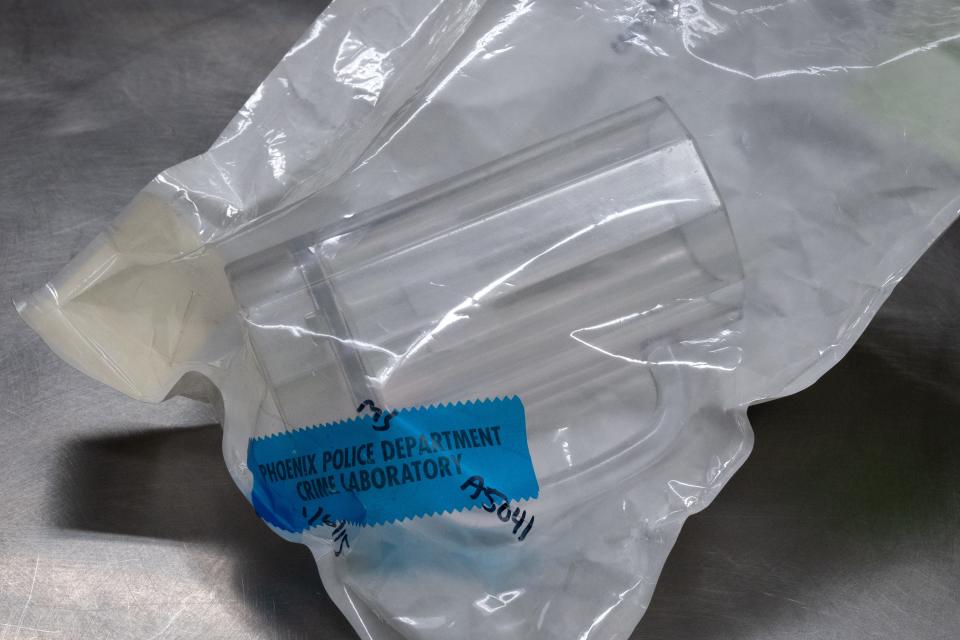
The clear plastic mug made it to the Phoenix police crime lab on Jan. 5. Hillman and his team waited for the DNA analysts to do their work, hoping this time it would be the answer they wanted.
Bench trial set: Man accused in Phoenix 'canal killings' goes to trial 30 years after 2 women died
On Jan. 13, screening analyst Matt Seabert and DNA analyst Stephanie Bond walked up to Merwin's desk and told her they had an answer. Merwin ran a technical review, just to be sure. Then she called Hillman, who didn't pick up.
What they had to say was too important to wait. So all three of them, plus the lab administrator, walked across the street to Phoenix Police Department headquarters, where the cold case team was busy in a meeting.
"The next thing you know, they just kind of blow open the conference room door," Hillman remembered. "And it's a whole team of scientists."
It's him, they said.
Part 4, coming Thursday, Aug. 31, to azcentral.com: Bryan Patrick Miller stands trial for 30-year-old slayings.
'Canal killings' series:
Part 1 | Part 2 | Part 3 | Part 4 | Part 5 (coming soon)
This article originally appeared on Arizona Republic: Arizona 'canal killings': DNA helps police catch break in cold case

